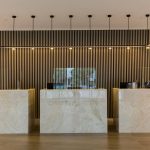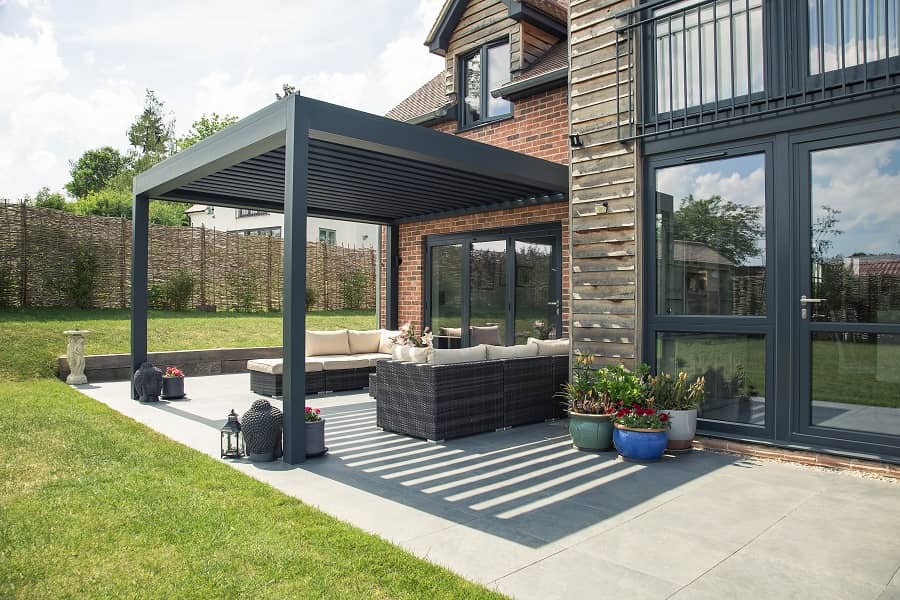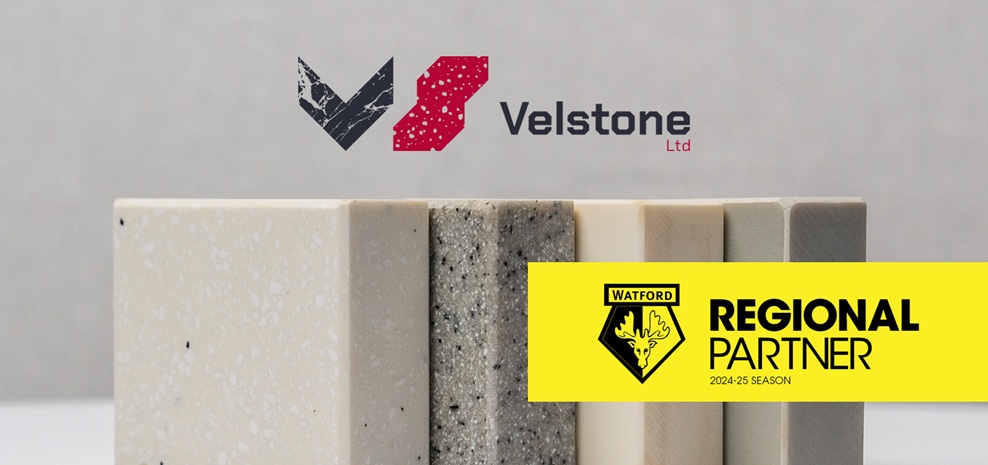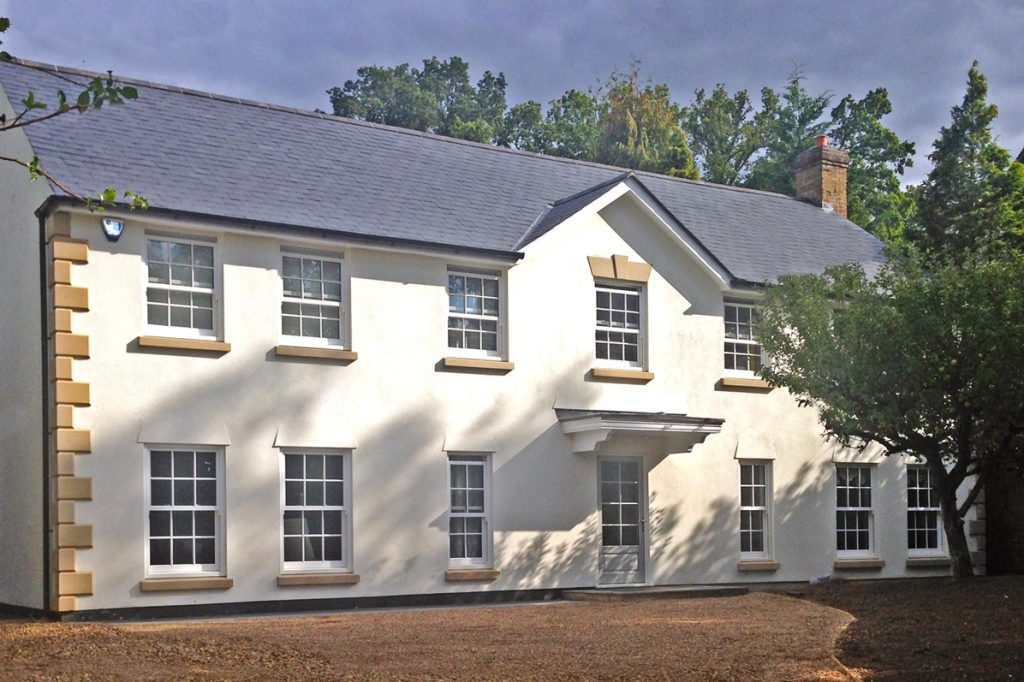Riverstone Ultra helps rejuvenate Cornwall’s historic Bodmin Jail
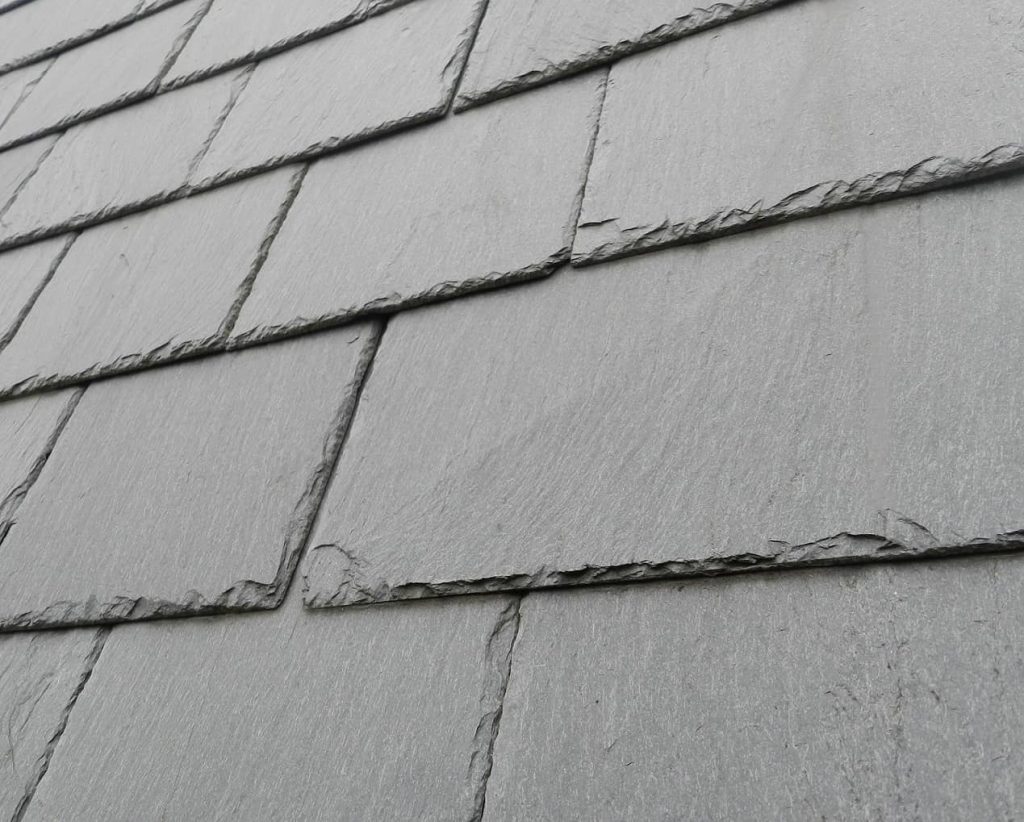

SSQ’s Riverstone Ultra phyllite excelled on a complex installation on one of Cornwall’s most famous historic buildings.
In 2021, indigenous slate isn’t exactly easy to come by.
Of the over 50 slate quarries that once existed across the UK and Ireland, the vast majority have since ceased operation.
What’s more, those that remain often produce very little material, with lead times that can sometimes be measured in years.
When you’re tasked with preserving a historic building, that may even be a piece of Britain’s history, that means you’re presented with a problem.
How do you maintain the period character of a structure that was originally fitted with an indigenous slate roof which is now well past its prime and needs replacing?
Over two hundred years of history
That was a dilemma recently faced by the custodians of Bodmin Jail – the famous Cornish prison, originally built in the late 1700s, then remodelled in the second half of the 19th Century by Victorian penal reformers.
Grade II listed, the buildings that still exist today were completed in 1881, and were given to the Admiralty for use as a Royal Navy prison not long afterwards.
However, in the 2020s, they’re used for a very different purpose – the site has been comprehensively renovated, and transformed into a luxury boutique hotel with 100 beds, as well as a major Cornish tourist attraction.
It was during that renovation that attention inevitably turned to the buildings’ roofs. As you’d expect, the original structures had been roofed with Cornish slate – but after more than a century’s service on the notoriously windswept Bodmin Moor, they were in serious need of replacement.
Not just a substitute
It was at this stage that SSQ became involved in the project.
The project’s managers wanted a roofing product that could emulate the aesthetics of the 600 x 300 dry-laid Cornish slate that made up the original roof, but that was more readily available.
That led them to consider SSQ’s Riverstone Ultra phyllite – both for its similarity to Cornish slate in terms of its strength, colour and geological profile, and its long track record of being approved by Cornwall Council’s Historic Environment and Planning Team.
However, Riverstone wasn’t just accepted as a substitute for Cornish slate – in many respects, it exceeds it. Its water absorption and durability are far superior, for example.
Overcoming access challenges
The installation itself took place over a period of four months, using a similar dry-laid method to the one that had been used on the site’s original roof.
The slates were laid using a 200mm gauge. They were copper nailed twice onto 500 x 200 factory-grade treated counter battens, which were fixed to a ply roofing deck using a Permavent Apex Air breather felt.
Access was a challenge throughout the project, which, combined with the height of the roof, meant the slates themselves had to be graded and sorted on the scaffold board.
They were separated into three different thicknesses – thin, medium and thick – and then laid, with the thicker slates at the eaves course, and the thinner slates cut and dressed under the lead flashing below the glazed ape.
Honouring historic heritage
The slating was set out using true chalk lines at a regular 200m gauge. Perpendicular chalk lines were set at 1015mm centres to ensure that an average tolerance of 3-5mm was retained between slate side joints, to allow for minor movements in the roof sub structure.
Slates at all hip and valley junctions were laid using a close mitred detail, to ensure the clean lines of the glazed apex weren’t interrupted when adjoining the slate roof areas.
The mitred valley and hips were weather proofed using lead soakers treated with patination oil, which were interleaved with the slates and fixed so that they extended to a minimum of 150mm down each side.
The finished result was a roof that had been seamlessly integrated with the modern design of the renovated buildings’ roof structure, in a way that protected the centuries-old building underneath, and honoured its historic aesthetics.
If you’d like to learn more about the outstanding range of natural slate and phyllite products SSQ can provide, and their long track record of providing roofs for heritage buildings around the country, please visit www.ssqgroup.com.



